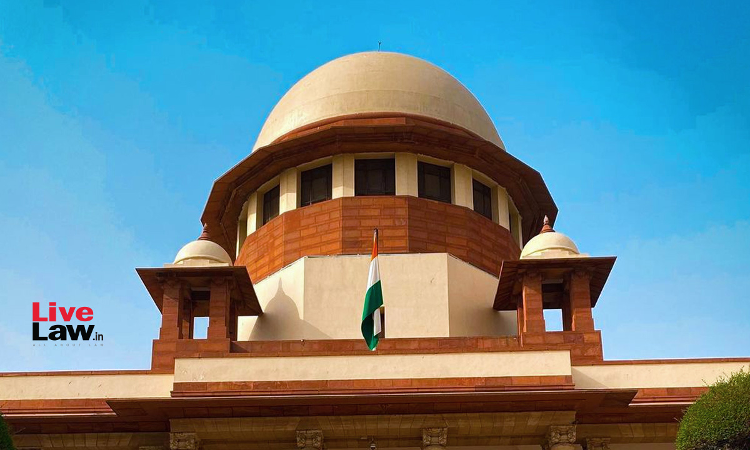The Supreme Court will hear on February 20, the Special Leave Petition challenging a Manipur High Court order which held that the State government has sufficient power to create new districts in "Hill areas" and "Plain revenue areas".In 2016, the state government issued a notification under Rule 30 of the Business of the Government of Manipur (Allocation) Rules 2009, which created seven...

